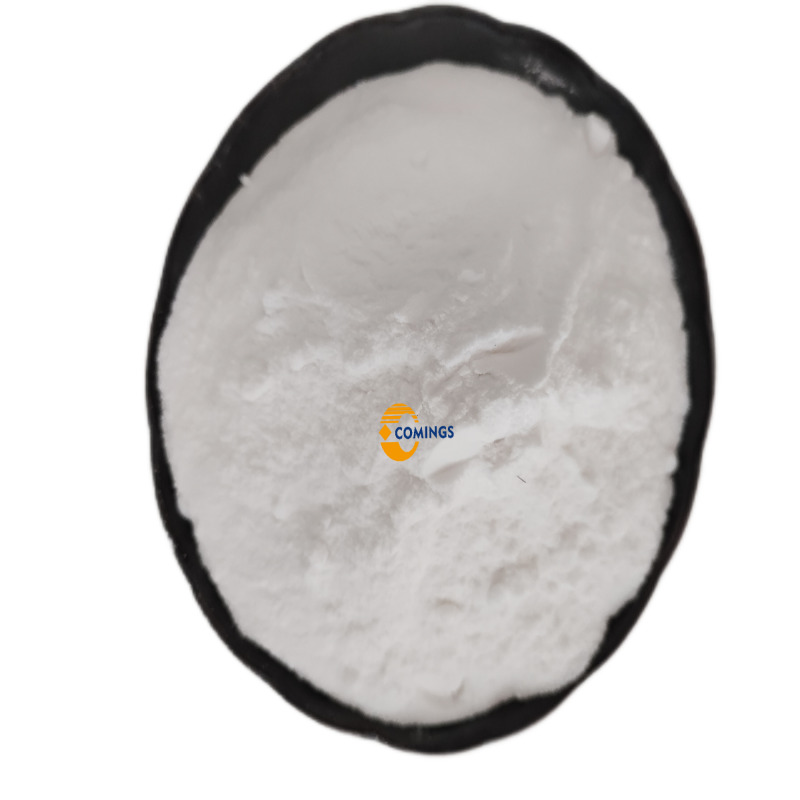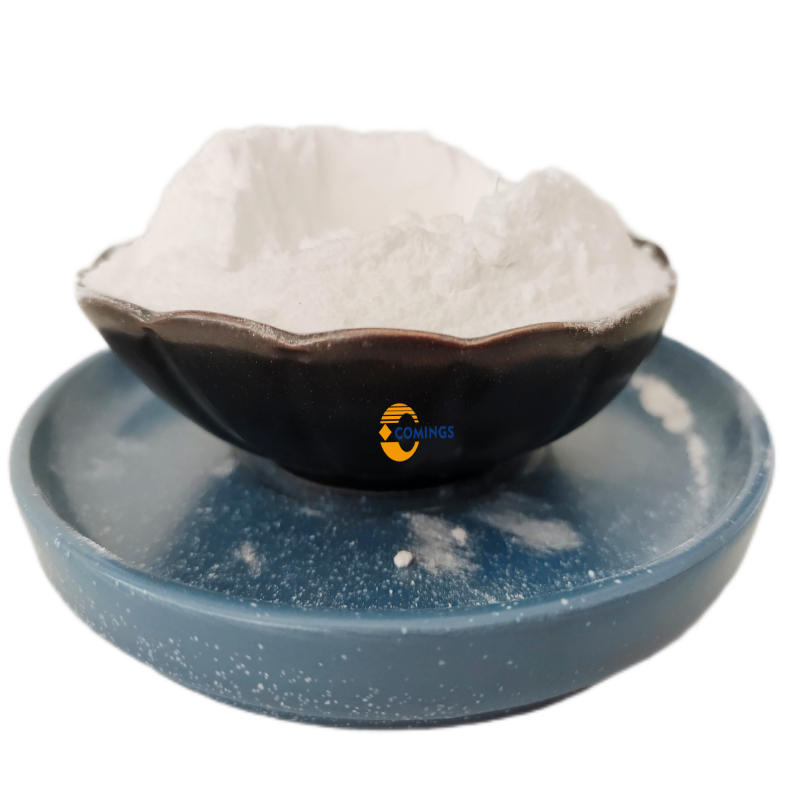-
Categories
-
Pharmaceutical Intermediates
-
Active Pharmaceutical Ingredients
-
Food Additives
- Industrial Coatings
- Agrochemicals
- Dyes and Pigments
- Surfactant
- Flavors and Fragrances
- Chemical Reagents
- Catalyst and Auxiliary
- Natural Products
- Inorganic Chemistry
-
Organic Chemistry
-
Biochemical Engineering
- Analytical Chemistry
-
Cosmetic Ingredient
- Water Treatment Chemical
-
Pharmaceutical Intermediates
Promotion
ECHEMI Mall
Wholesale
Weekly Price
Exhibition
News
-
Trade Service
The SARS-CoV-2 infection receptor is human angiotensin-converting enzyme (hACE2).
Because of the key amino acid position difference with hACE2, mouse ACE2 (mACE2) cannot mediate the virus invasion, so the original strain of SARS-CoV-2 It cannot infect ordinary mouse models
.
The previous large SARS-CoV-2 infection mouse models used by the scientific community to evaluate the efficacy of antiviral drugs or medical treatments were all based on expensive transgenic mice expressing human ACE2 (hACE2)
.
A recent study found that the newly emerged variant of 501Y.
V2 (also known as the Beta variant) can infect standard laboratory mice after intranasal instillation
.
On September 4, Beijing time, the comprehensive academic journal "National Science Review" (National Science Review, NSR) published an online publication of Qin Chengfeng, a researcher at the State Key Laboratory of Biosafety of Pathogenic Microorganisms, Academy of Military Medicine, Academy of Military Sciences, and Pest Control and Resources at Sun Yat-Sen University A study led by Professor Wu Zhongyi from the State Key Laboratory, entitled "Transient acquisition of cross-species infectivity during the evolution of SARS-CoV-2" ("Transient acquisition of cross-species infectivity during the evolution of SARS-CoV-2") -2”)
.
The COVID-19 pandemic has lasted for nearly two years.
During the global spread of SARS-CoV-2, mutations in the viral genome have gradually accumulated, leading to the emergence of virus variants
.
501Y.
V1, 501 Y.
V2 and 501Y.
V3 (also known as alpha, beta, and gamma variants, respectively) have appeared one after another, and are widely spread around the world
.
All three SARS-CoV-2 variants contain specific amino acid mutations of the S protein and share an amino acid mutation N501Y in the receptor binding domain (RBD) of the S protein
.
RBD specifically binds to angiotensin-converting enzyme 2 (ACE2) on human cells and mediates the entry of SARS-CoV-2 host cells
.
As early as July last year, a study by Qin Chengfeng and others in "Science" recorded for the first time that the N501Y mutation occurred during the passage of the new coronavirus in mice, and the resulting mouse-adapted strains MASCp6 and MASCp36 It is fully capable of infecting standard laboratory mice
.
This phenomenon is obviously different from the original new coronavirus isolated strains mentioned above
.
Most importantly, some studies by them and other teams have also proved that the N501Y mutation significantly enhances the binding affinity of the new coronavirus RBD and mouse ACE2, resulting in acquired infection and pathogenic phenotype in mice
.
However, Qin Chengfeng and others mentioned that whether the naturally occurring variants of the new coronavirus (501Y.
V1, 501 Y.
V2 and 501Y.
V3) containing this unique N501Y mutation have acquired the ability to infect mice remains to be determined
.
In this latest study, the research team used a variant of 501Y.
V2 (isolated from an imported case in South Africa) to detect the infectivity of mice
.
At the same time, the SARS-CoV-2 clinical strain IME-BJ05 (wild type, WT) isolated early in the COVID-19 pandemic was used as the control strain
.
9-month-old female BALB/c mice were injected intranasally with the above-mentioned different strains at a dose of 1.
2×10^4 pfu
.
It is worth noting that all the mice infected with the 501Y.
V2 variant began to show wrinkles, hunched posture and reduced activity on the 3rd day after infection, and their body weight also lost 4-6 days after infection
.
These infected mice eventually recovered, and no deaths occurred during the observation period
.
Consistent with expectations, all mice infected with the original strain showed the above phenomenon
.
In order to describe the replication dynamics of the virus in mice, the research team collected major tissues and serum
.
SARS-CoV-2 subgenomic RNA (sgRNA) quantitatively showed that the abundance of viral RNA in the lung tissue of 501Y.
V2 infected mice was the highest, and there was a significant increasing trend in the first 2 days after infection
.
Viral sgRNA can still be detected in the trachea on the 8th day after infection
.
However, no sgRNA was detected in other tissues or serum
.
In situ hybridization (ISH) experiments using the RNAScope method showed that viral RNA is mainly located in cells along the airways and alveolar walls
.
Immunostaining of lung sections showed that SARS-CoV-2 N protein was mainly expressed in bronchiolar epithelial cells and alveolar cells
.
This is consistent with the ISH results
.
The research team also mentioned that, more importantly, under the 501Y.
V2 infection test, autopsy showed that the mice had visible lung damage, which was manifested as pulmonary enlargement and consolidation around the local hilar
.
Microscopic observation of lung slices also showed that lung injury mainly occurred in the area around the hilar, characterized by a large number of desquamated and necrotic epithelial cells in the bronchioles, scattered hemorrhage, and infiltration of inflammatory cells in the fused alveolar wall
.
Immunohistochemical staining showed that the infiltrating inflammatory cells were mainly Neu+ neutrophils, CD68+ macrophages and CD3+ T cells
.
Finally, SARS-CoV-2 specific IgG and neutralizing antibodies were detected on the 6th and 8th days after infection
.
The research team believes that, in summary, these results clearly show that 501Y.
V2 has acquired the ability to replicate in the respiratory tract of mice and induce typical lung injury and virus-specific immune responses
.
They emphasized that this study provides experimental evidence that the 501Y.
V2 variant is fully capable of infecting standard laboratory mice
.
After intranasal infection, 501Y.
V2 can cause significant weight loss in old mice.
The toxicity of 501Y.
V2 is higher than that of the mouse-adapted strain MASCp6, but the lethality rate of this variant is lower than MASCp36
.
The research team mentioned that 501Y.
V2 carries two additional mutations (K417N and E484K) in the RBD compared to the mouse-adapted strain MASCp6 they previously studied
.
Previous structure and affinity analysis showed that both K417N and E484K mutations helped to enhance the affinity of mouse ACE2
.
A recent study also showed that in ACE2-expressing mouse cells containing N501Y, K417N, and E484K mutations, pseudotyped SARS-CoV-2 is four times more infectious than SARS-CoV-2 containing a single N501Y mutation
.
The mouse adapted strain MASCp36 contains three K417N/Q493H/N501Y mutations in RBD, and its binding affinity to mouse ACE2 is higher than that of 501Y.
V2 and MASCp6 RBD
.
They said that the infectivity of 501Y.
V2 and mouse-adapted strains observed in the experiment is closely related to the interaction between the virus RBD and mouse ACE2
.
In addition, the research team said that the impact of other mutations other than RBD cannot be ruled out, and reverse genetic tools need to be used for further verification
.
They concluded that compared with the original isolated SARS-CoV-2 strain, 501Y.
V2 and other variants with N501Y mutations have clearly acquired the ability to extend their host range to a new species of mice
.
Of course, it is worth reminding that the results of this experiment are based on laboratory mice and relatively high challenge doses.
There is no evidence that 501Y.
V2 can spread naturally in mice
.
It is worth noting that since COVID-19, we have known that cats, mink, lions, and tigers have all tested positive for SARS-CoV-2, and there is also evidence that SARS-CoV-2 has been found in mink farms.
-Animal-human two-way transmission
.
Therefore, the research team reminded that it is necessary to conduct molecular and seroepidemiological investigations on SARS-CoV-2 and its variants in wild mice
.
Finally, the research team also mentioned that this study also provides a cheaper and more accessible platform for evaluating the in vivo efficacy of anti-SARS-CoV-2 antiviral drugs and vaccines
.
Most previous SARS-CoV-2 infection mouse models are based on expensive transgenic mice expressing human ACE2 (hACE2), "However, almost any number of laboratory mouse standard strains are easily available worldwide.
, And relatively cheap
.
” The research team believes that this 501Y.
V2-based mouse model will open a new door to the in vivo screening and verification of potential COVID-19 therapeutic drugs and vaccine candidates
.
Hot article selection of 2020 1.
The cup is ready! A full paper cup of hot coffee, full of plastic particles.
.
.
2.
Scientists from the United States, Britain and Australia “Natural Medicine” further prove that the new coronavirus is a natural evolution product, or has two origins.
.
.
3.
NEJM: Intermittent fasting is right The impact of health, aging and disease 4.
Heal insomnia within one year! The study found that: to improve sleep, you may only need a heavy blanket.
5.
New Harvard study: Only 12 minutes of vigorous exercise can bring huge metabolic benefits to health.
6.
The first human intervention experiment: in nature.
"Feeling and rolling" for 28 days is enough to improve immunity.
7.
Junk food is "real rubbish"! It takes away telomere length and makes people grow old faster! 8.
Cell puzzle: you can really die if you don't sleep! But the lethal changes do not occur in the brain, but in the intestines.
.
.
9.
The super large-scale study of "Nature Communications": The level of iron in the blood is the key to health and aging! 10.
Unbelievable! Scientists reversed the "permanent" brain damage in animals overnight, and restored the old brain to a young state.
.
.






